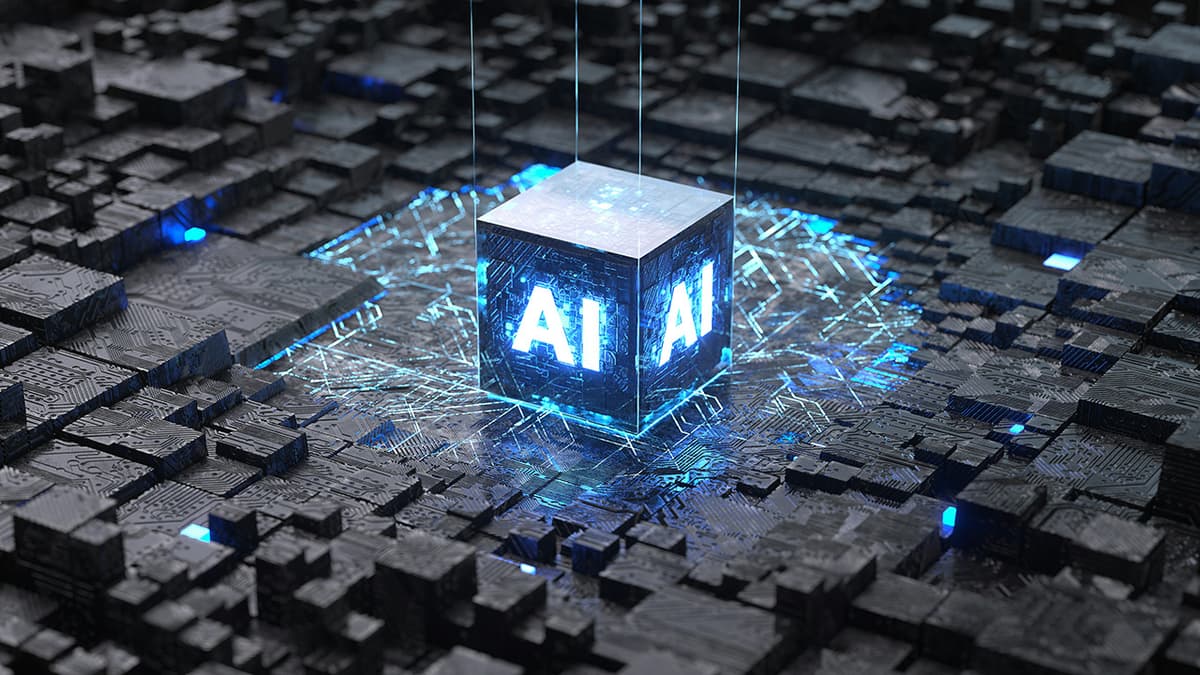Source Code
Source code is the essential component of a program created by computer programmers. It consists of instructions written in a human-readable programming language that a computer can process. Source code serves as the blueprint for how a program operates.
What is the role of a programmer? Think of a chef preparing a recipe. They mix ingredients in specific amounts and follow steps to create a dish. Similarly, a programmer combines commands, functions, variables, and other elements to build an application, a website, or software.
Recipe for Machines
Source code functions like a recipe for machines. Unlike food recipes, which can allow for some flexibility, source code must be precise. Computers interpret commands literally. If a programmer instructs the computer to delete a file, the computer will execute that command exactly as written.
Languages of the Digital Realm
There are many programming languages, each with its own syntax and use cases. These include Python, Java, C++, and others. Programmers select a language based on the project's needs, the target system, and their own skills and preferences.
For instance, Python is user-friendly and ideal for beginners. Java features a "write once, run anywhere" principle, making it popular for enterprise applications. C++ is renowned for its high performance, commonly used in gaming and complex system development.
The Journey of Source Code
How does source code become an application? Initially, the code is in a form that computers cannot read directly. Computers work in binary (ones and zeros). Therefore, the source code must be converted into machine code.
To achieve this, programmers use tools known as compilers or interpreters. Compilers translate the entire source code into machine code prior to execution. In contrast, interpreters translate the code line by line during execution. Once translated, the computer can carry out the instructions in the source code.
Source Code in the Wild
Source code is ubiquitous in the digital landscape. Every app on a smartphone, every website accessed through a browser, and all software on computers start as source code.
The open-source movement has made source code widely available. Many projects can be viewed, modified, and shared freely. This openness encourages collaboration and knowledge sharing among developers worldwide.
The Art and Science of Coding
Is writing source code more art or science? It's both. The science involves understanding logic, mathematics, and algorithms to solve problems. The art relates to how the code is structured and written. Good source code is more than just functional; it should be readable, maintainable, and efficient.
Consider a poorly organized recipe; it would be hard for another chef to replicate the dish. Similarly, source code should be well-structured and documented, making it easier for other programmers to follow the author's intentions and collaborate.
Future Prospects of Source Code
As technology advances, so does the complexity of source code. Innovations like AI and machine learning are altering how we write and interact with code. In some instances, machines are even capable of writing code themselves.
Despite these advancements, the core function of source code remains unchanged. It is still a collection of well-defined instructions for computers. As technology progresses, source code will continue to be the foundation of all digital innovation.
Source code is the driving force behind the software and applications that enhance our lives. It serves as the language of programmers who bring their ideas to life in the digital realm. Learning to write source code is a crucial step for anyone interested in creating technology in this dynamic computing landscape.












